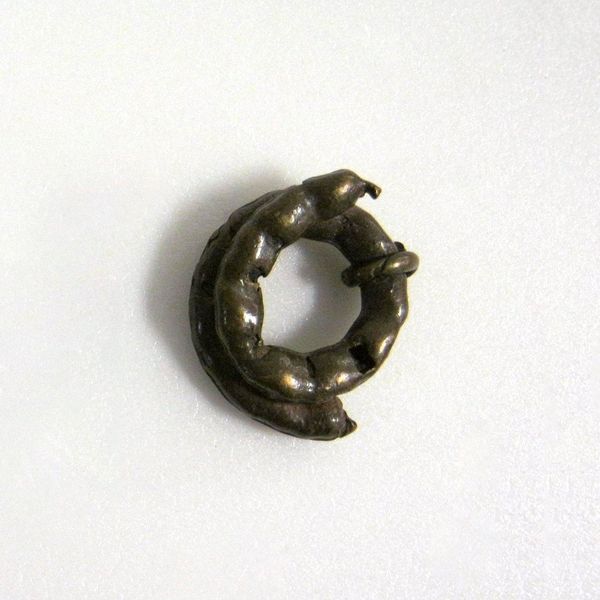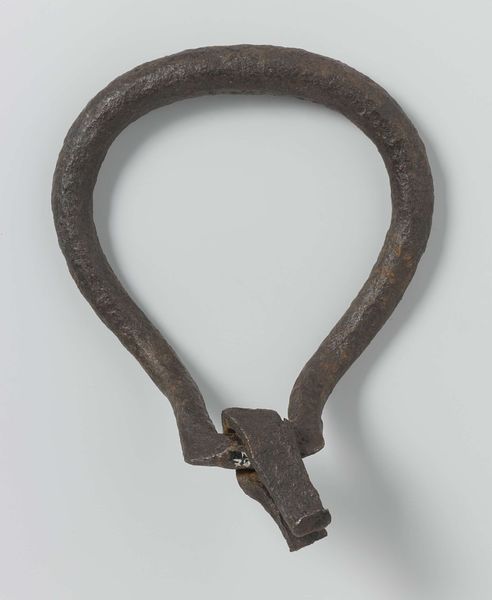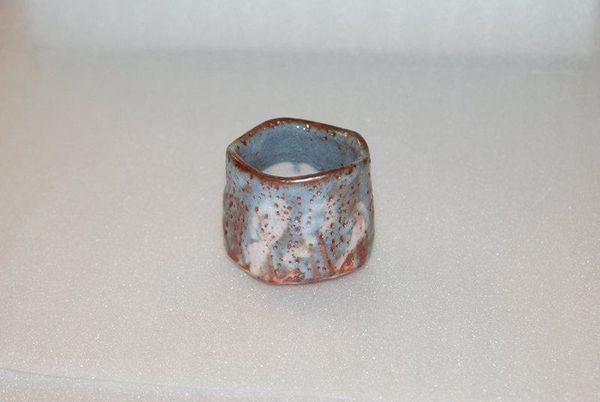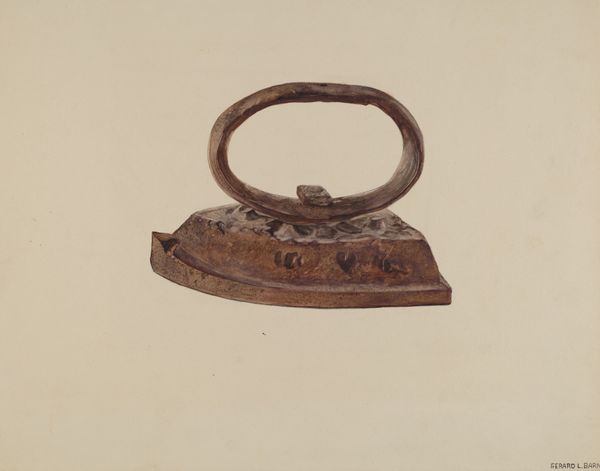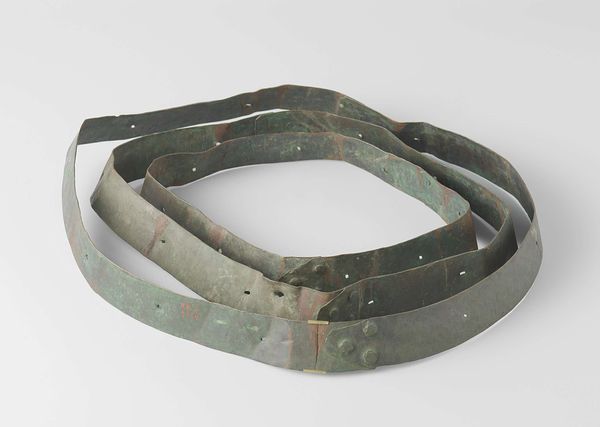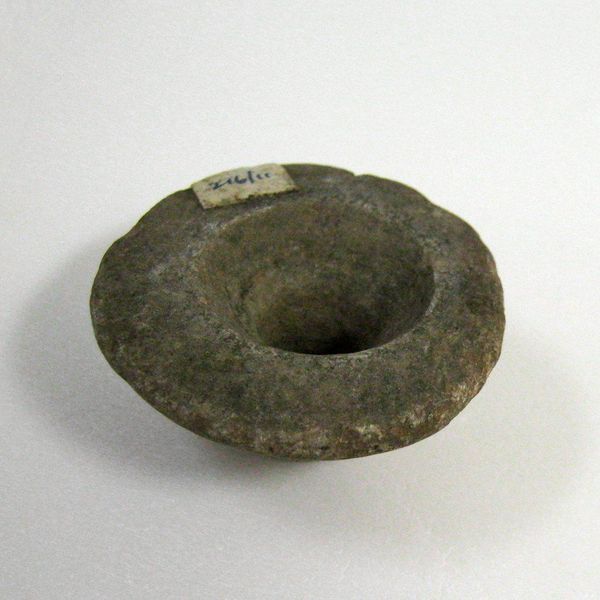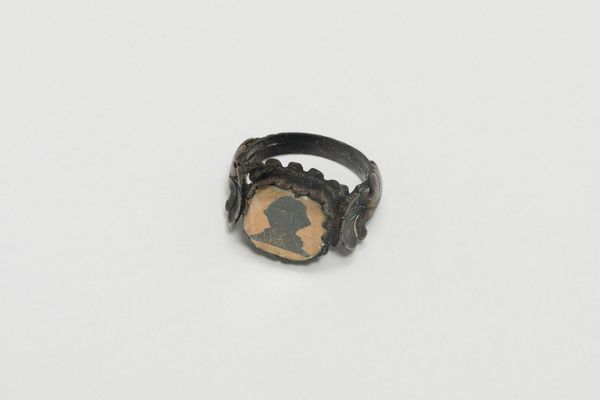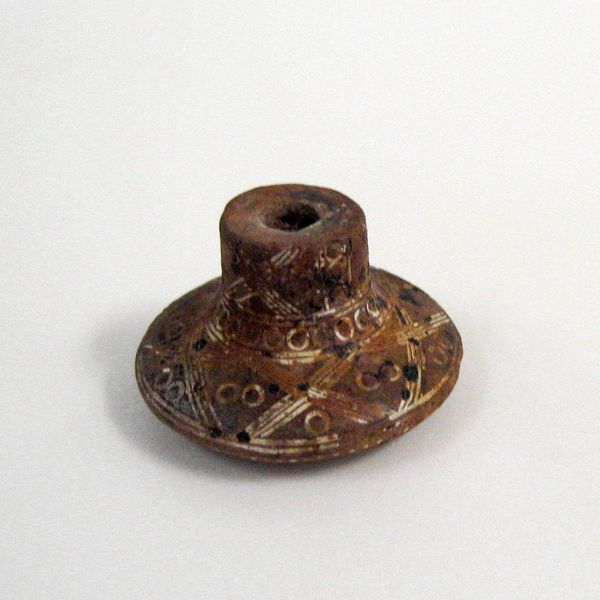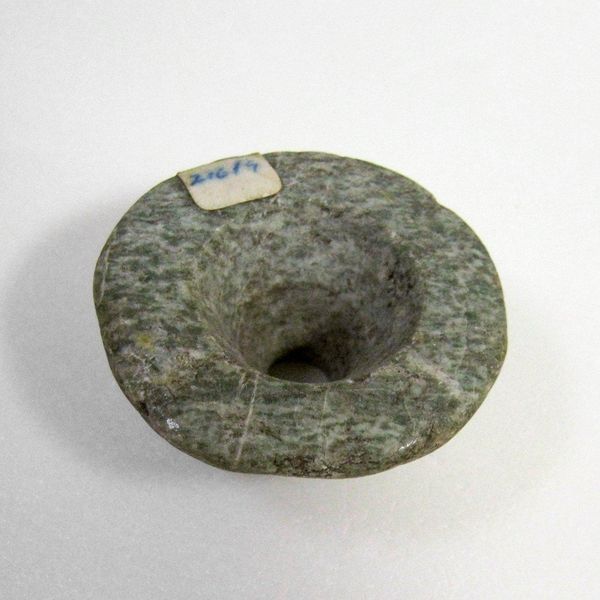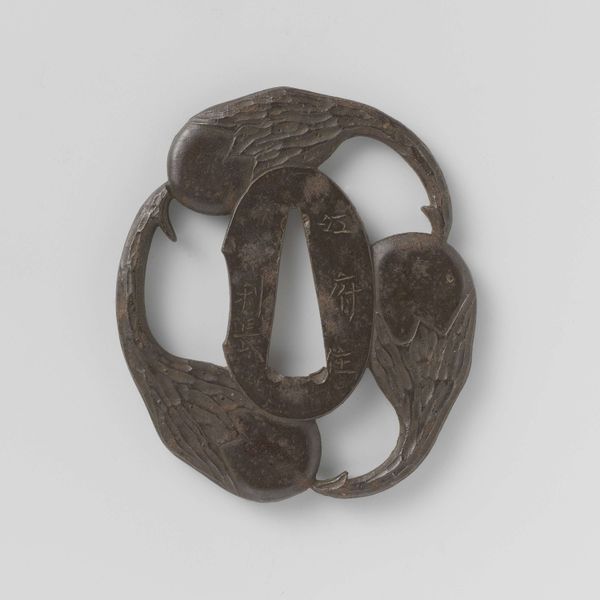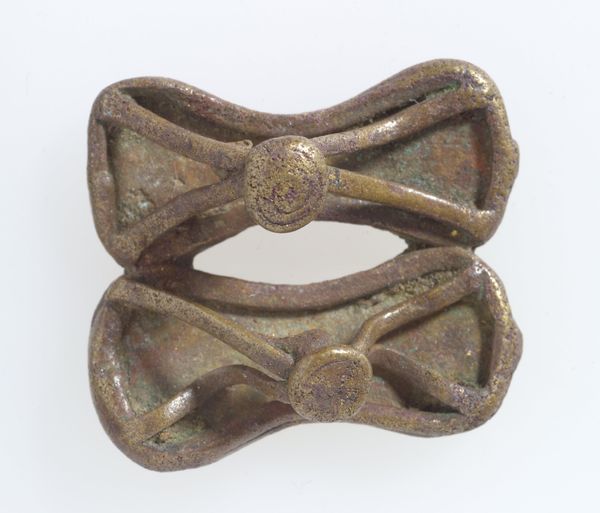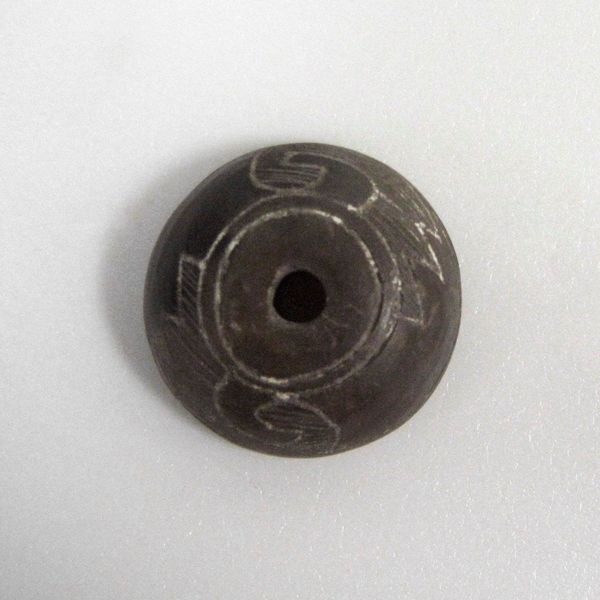
carving, sculpture, wood
#
african-art
#
carving
#
sculpture
#
sculpture
#
wood
#
decorative-art
Dimensions: 3 5/8 x 3 1/2 x 5/8 in. (9.21 x 8.89 x 1.59 cm)
Copyright: Public Domain
Editor: We’re looking at a Bracelet, a carved wood sculpture made in the Kongo region around the 19th century. It's such an intimate object, you know? And I’m really struck by the craftsmanship of it; how was the piece received within its own community? Curator: That's a fantastic starting point. Decorative arts, especially personal adornments, frequently carry much more cultural weight than we might immediately assume. We have to consider what it signified in its original context. What statements about status, identity, or beliefs could be conveyed by such a piece? Editor: I see, so, its value comes as a status symbol or religious affiliation for example. But this begs the question: Who had access to adornment of this caliber and who created these? Curator: Exactly! Consider the role of skilled artisans in Kongo society. Were they attached to specific courts or families, and how did their patrons influence the carving style and iconography? Or if these designs come from religious order or not? The control over resources, the labor involved, all these things indicate social stratification. And where and how was such "decorative art" exhibited? Was it even seen as "art" within its original cultural setting? Or does the museum's act of display alter its meaning? Editor: Wow, that gives me so much to think about - it shows how objects carry stories of social dynamics within them! I never thought of it this way, museums frame them. I'll definitely think of it next time I analyze artworks. Curator: Exactly! We can look closely and appreciate the work that may not always be obvious.
Comments
No comments
Be the first to comment and join the conversation on the ultimate creative platform.
